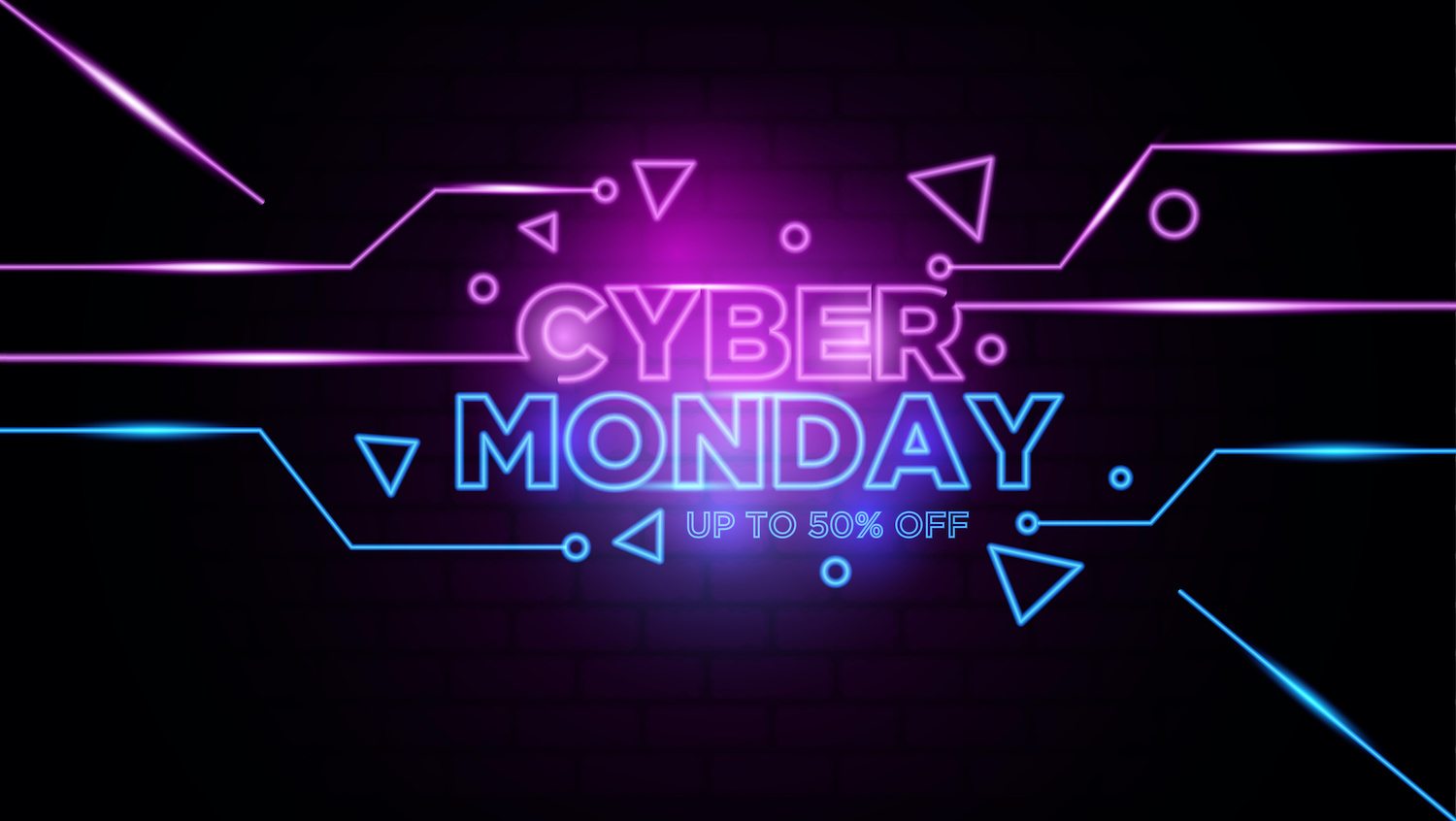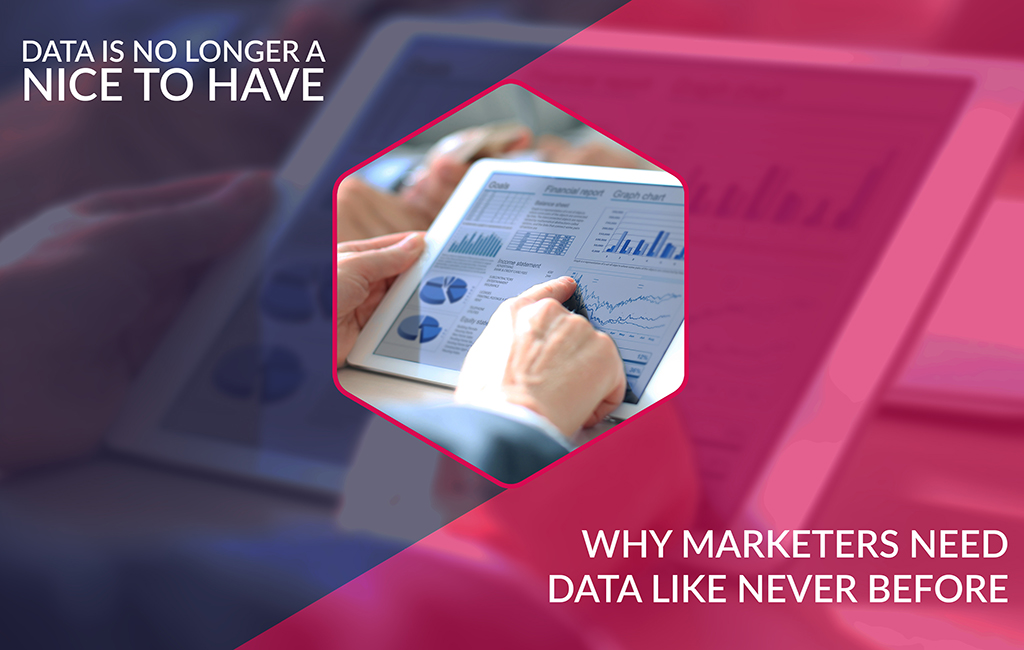Welcome to the final step of the Content Inc model which shows how to develop a content marketing strategy that works wonders for businesses across all industries.
Here is a roundup of everything we have discussed so far:
- the basics of building a content marketing strategy,
- finding your sweet spot,
- identifying your content tilt,
- building the base,
- harvesting the audience,
- and content diversification.
So far, we have established that businesses that tend to spread themselves thinly across all media channels they can find won’t stand a chance against ones that approach content marketing strategically.
What matters most is listening to what is happening in all channels and consolidating all your actions to concentrate on those that bring you real value. And that value is a sustainable and solid customer audience base. That’s how you will know how to specialize your content to cut through the noise and reach the people you want to engage. Building a loyal and engaged audience, and creating content that fulfils their needs better than anything else is paramount in this strategy.
In the last parts of this series, we showed you why companies need to build a base of email subscribers – email offers companies the highest degree of control, and it’s the most direct point of connection with customers.
So let’s say that you followed the Content Inc model step by step. You found yourself a sweet spot and know which topic you’ll be exploring in your content marketing. You have also identified your content tilt and chose the primary type of content and platform where you’ll publish it. You know what to do to provide your audience with information they need and convert them into subscribers. You have built a significant list of subscribers over time, and now you need to take the next step:
Monetisation
As you provide consistent and high-quality content, your subscriber list is likely to grow. And as it expands, it also becomes increasingly valuable because you will be able to nurture these subscribers towards your offer.
You can do that by offering a free trial of your product or service, publishing an online guide in the form of an e-book, a helpful checklist, or a downloadable form. All these techniques are designed to one thing: nudge customers to make that final step and purchase your actual product or service.
And that’s where monetisation comes in.
How to incorporate monetisation into a content marketing strategy?
Let’s start with an example. You probably know Moz. Moz initially was called SEOMoz, and it operated as a blog that explored search engine optimization topics. Over time, Moz built a subscriber base of over 100,000 users who were highly engaged in the topic Moz covered on their blog.
What they did next is launching a subscription-based service software to these customers. Moz managed to gain the trust of their audience by publishing high-quality content over a long period. That’s why so many people were willing to try out Moz’s subscription service, and it was a success.
Today, SEOMoz is simply called Moz and it rose from a company with roughly $450,000 revenue to one that produces over $13 million. And all of that started exactly where you are right now: content marketing. The beauty of monetisation is that when your content marketing finally brings results, it will come naturally and on its own as part of the ripples.
Did you know? You can plan and execute your content marketing campaign in one content marketing platform. Check it out!
What are the ripples and why should I care?
If you check out Joe Pulizzi’s Content Inc book where he presents this model in detail, you will see “ripples” used quite often. The term that was actually coined by Doug Kessler from Velocity Partners.
Ripples means the unexpected benefits that come from the Content Inc approach such as invitations to speak at events, people spreading the word about your expertise in other formats, or other benefits you didn’t anticipate at all. It’s all just part of becoming recognized as a thought leader and expert in your field. It’s in the ripples where you will start to see growth and where your content marketing will bring you tangible results and take your company to new levels.
Do you remember Marcus Sheridan from River Pools & Spas? It’s an example we used in one of our previous post in this series. Marcus probably never expected that something as simple as answering the questions his customers had through content would create a massive ripple effect and end up with him becoming an internationally famous content expert. Today, Marcus is being paid to speak at events and tradeshows all over the world. And all of that started with his blog. That kind of ripple is not an exception. In fact, consistent and significant investment in content marketing can bring a ripple easily.
But before you start enjoying such benefits, you need to start making money off the subscriber list you have built so carefully over the last few months or even years. Here’s our guide to the last step of the Content Inc model: monetisation.
Monetising your content – how to start?
The last stage in the Content Inc model is based on generating revenue with the help of the subscriber base you have built. Throughout the entire process, you have also probably learned one or two things about your audience. We will use these insights in monetisation as well.
Now, the easiest way to monetise your investment in content marketing is offering your audience something they need – for example, a licensed content, paid educational events, software, consulting services, and others.

But don’t worry, this is just one of the ways to monetise your content. Here are some of the best strategies digital publishers use for content monetisation.
1. Direct sales approach
One of the most straightforward methods for monetising content is the adoption of an approach where you set up an e-commerce monetisation platform that encourages your audience to order goods or services directly from you.
Remember that setting up the platform a can be quite complicated because you will still have to deal with customer service, order fulfilment, inventory control, and many other potential headache-inducing problems.
Before setting out to develop your platform, consider whether that type of direct sales approach is appropriate for your niche and circumstances. Don’t forget that straightforward subscription-based services may suffer from the possibility of a customer finding similar content for free somewhere else.
Unless you can offer exclusive access to certain types of content – for example, original data coming from a research study that you carried out or ordered – you risk there is similar content somewhere on the web provided for free or at a reduced price. Now you see that this approach is quite complex, so it’s worth to be aware of all the possible issues before investing in it.
2. Provide content for free
That might sound like lousy monetisation strategy. After all, aren’t we trying to turn a profit with content? But by offering content for free at launch, you can generate a snowball effect that brings you significant benefits in the future.
In general, that type of strategy is excellent for generating short-term growth as websites with valued content can become popular quickly. By doing that, you will be organically building your customer base. However, most sites begin with a free model and then transition into another one: subscription-based, ad-supported, or receiving investor revenue.
3. The paywall method
You may be tempted to establish a paywall that walls off contents to anyone but subscribers or customers. However, that method works very well when the content is highly exclusive. Today, consumers can find similar or the same content in multiple sources. Most of the time, those who are asked to pay will choose to circumvent it by finding a cheaper or free source.
That’s why the metered paywall could be an interesting alternative. That type of paywall offers free access to digital content for a limited period of time before requiring a purchase.
Digital news publishing platforms such as the New Yorker have used this content monetisation model successfully. The New Yorker instituted a paywall that would charge for access to digital issues but opened its archive to everyone for free for five months. As a result, the New Yorker experienced massive growth in the readership and subscription, even after that five months window closed.
4. Affiliate linking
Affiliate links can be very effective when carried out well. Most e-commerce sites have launched affiliate programs and now offer referral rewards for driving sales from site. For example, Amazon encourages affiliate linking.
The idea behind this monetisation strategy is providing value through detailed reviews of products that are available on the platform. Reviewers do that together with an accompanying link that credits the affiliate for any sales that occur through the link. Note that many affiliate product reviewers rely on search engines to drive traffic to their review sites because more visibility means that more people will end up on their site and could be converted into customers. If you run a blog where you regularly review different types of products, that type of affiliate linking is a good idea.
5. Native advertising
Why look for revenue from consumers when you can boost your bottom line with advertising revenue? Banner ads are passé today but running a native ad – for example, in the form of sponsored posts – is more fashionable than ever. It’s successful for both publishers and advertisers, allowing them to draw many benefits from the partnership.
Key takeaway
Digital publishers use many different methods to adapt their marketing approaches and come up with non-traditional monetisation streams. For example, according to a recent HubSpot Benchmark Report, event promotion is now considered as one of the rising trends in the field.
Despite the many challenges of content marketing, opting for one or more of these strategies is bound to help you monetise your content and boost your business with revenue with all the hard work you put into creating quality content.
Do you have any questions about monetising content? Or perhaps you have a story of your own to tell about how you’ve monetised your content successfully?
Please share your thoughts in the comments; we’re looking forward to launching a conversation about best practices in content monetisation.
















